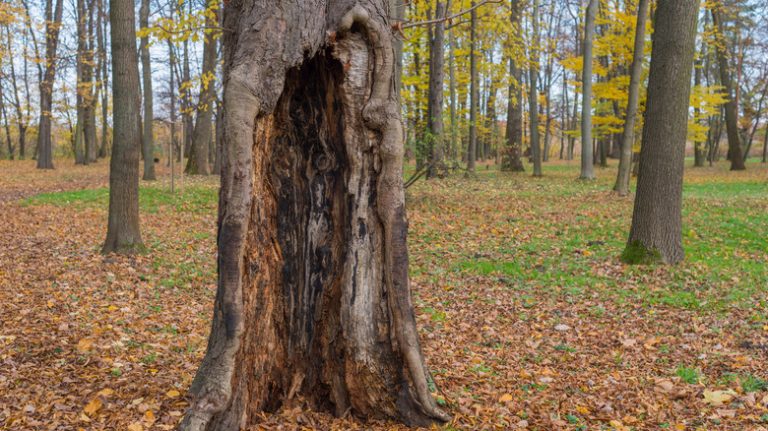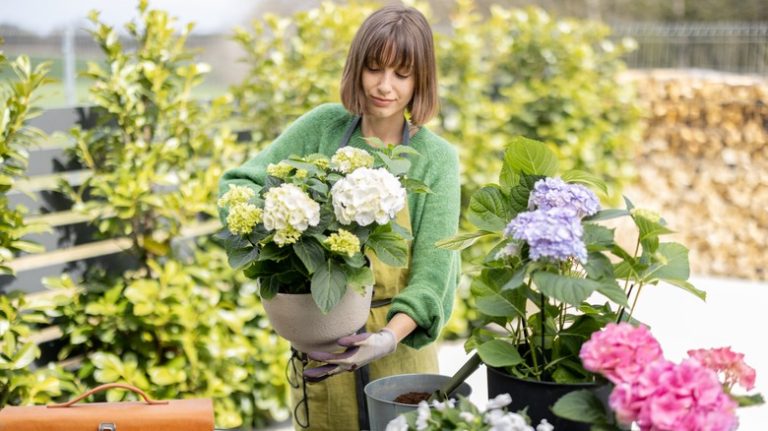Camellia is a popular flowering shrub that comes in a wide variety of cultivars. With over 2,000 known species, these plants can be found in many parts of the world and have been cultivated for centuries. Camellias are known for their beautiful blooms and attractive foliage, making them a favorite choice for gardeners.
Camellias have a bushy, compact habit and can grow up to 5 feet tall. They are known for their difficult cultivation, requiring specific conditions to thrive. Camellias prefer partial shade and some protection from harsh sunlight. They also require well-drained soil and regular pruning to maintain their shape and health.
Here are some popular camellia varieties:
Chansonette: This camellia variety features yellow flowers and is known for its compact growth habit. It can tolerate partial shade and is suitable for smaller gardens.
Schima Sunburst: This camellia variety has large, creamy white flowers and a spreading habit. It is a widely grown variety and is popular for its attractive foliage.
Magnoliaeflora: This camellia variety produces exquisite white flowers with a hint of pink. It is a historic variety that has been grown for over 30 years. Magnoliaeflora is best suited for shaded areas and is a popular choice for gardens near lakes and ponds.
Camellia displays are a highlight in many public gardens, with some featuring over 300 different cultivars. The Silver Camellia Garden in China is one such display that attracts visitors from all over the world. It showcases the beauty and diversity of camellias and is a must-visit for camellia enthusiasts.
In conclusion, camellias are a timeless and widely cultivated garden favorite. With their beautiful blooms and attractive foliage, they add a touch of elegance to landscapes. Whether you choose a compact variety for smaller gardens or a larger variety for more open spaces, camellias are sure to be a stunning addition to any garden.
Camellias at a Glance 1
Camellias are beautiful flowering plants that can add elegance and color to your garden. These plants are native to Asia, but they have become popular in many other parts of the world, including the southern United States.
Camellias can bloom for several weeks, with flowers that range in color from white to pink, red, and even variegated varieties. They are especially gorgeous when the sun shines on them, as the silver leaves and shiny flowers create a stunning display.
There are many different camellia varieties to choose from, each with its own unique characteristics. Some of the most popular varieties include:
- Thea Japonica (the common camellia)
- Carter’s Sunburst
- Debutante
- Buttermint
- Colonel Firey
Camellias are generally low-maintenance plants that can thrive in a variety of soil types, as long as the soil is well-drained and amended with organic matter. They prefer slightly acidic soil and require regular watering, especially during hot summer days.
These plants can be grown as both shrubs and groundcovers, making them versatile for different types of landscapes. They have a compact habit and can easily fit into smaller gardens or be used as a border for larger areas.
Camellias are also known for their fragrant flowers and attractive evergreen foliage. The flowers can vary in size and shape, but they are usually large and showy. The petals can be single, semi-double, or fully double, and some varieties have modified petals that resemble doves or angels.
Camellias are also popular for themed gardens, such as Japanese or southern-themed landscapes. They can be used as focal points or planted in groups to create a stunning visual impact. They also make excellent container plants, adding beauty to patios and balconies.
Camellia propagation can be done through various methods, including seed sowing, grafting, and cutting propagation. However, propagation by seed is not usually recommended, as it can take several years for the plants to reach maturity and start flowering.
Insects and diseases can sometimes affect camellias, but with proper care and maintenance, these issues can be minimized. Regular watering, proper fertilization, and removing any diseased or damaged parts will help keep your camellias healthy and blooming beautifully.
In conclusion, camellias are stunning plants that can add beauty and elegance to any garden. With their wide range of colors, fragrant flowers, and handsome foliage, they are sure to be a beautiful addition to your outdoor space. Whether you choose the classic Thea Japonica or one of the other popular varieties, camellias are sure to delight and impress.
Selection of Varieties
When choosing camellias for your garden, there are a variety of factors to consider. Some of the most popular silver camellias include Shishi Gashira and Swan Lake. These camellias are known for their showy blooms and can make a stunning addition to any garden.
If you are looking for camellias that are resistant to pests and diseases, consider varieties such as Bonanza and Buttermint. These camellias have been bred for their resilience and are less likely to be affected by common camellia pests.
For those who want camellias that flower in early spring, the April series is a great choice. These camellias typically start blooming as early as April and continue into May. They come in a variety of colors and are highly sought after for their beautiful flowers.
If you want camellias that are well-suited for hedging or groundcover plantings, consider varieties like Apple Blossom and Shishi Magnoliaeflora. These camellias have a spreading growth habit and can quickly fill in large areas.
Camellias that are commonly used as specimen plants or in general garden display include Knudsen’s Best, Vista, and Showy Blooming. These varieties have large, fully double flowers and are sure to make a statement in any garden.
When it comes to caring for your camellias, proper fertilization is key. Camellias are heavy feeders and benefit from regular fertilization. Use a well-amended soil and apply a slow-release fertilizer in early spring and again in late summer.
Camellias prefer slightly acidic soils and perform best when planted in a location that receives morning sun and afternoon shade. Avoid overwatering, as camellias are susceptible to root rot.
With so many camellia varieties to choose from, you’re sure to find the perfect one for your garden. Whether you’re looking for a bloomer that will brighten up your garden year-round or a historic variety that has stood the test of time, camellias offer a wide range of options for every garden.
General Culture
Camellias are a species of flowering plants that are native to East Asia. They are known for their beautiful and showy blossoms, which can brighten up any landscape. Camellias are usually found in shaded areas, such as filtered forests, where they thrive in the subtropical climates.
There are over 300 species of camellias, but the most cultivated varieties are Camellia japonica and Camellia sasanqua. These two species have a number of different cultivars, each with its own unique characteristics and blooming seasons.
Camellias come in a wide range of colors and forms, from single-petaled to double-petaled and even semi-double-petaled varieties. The blossoms can be anywhere from 2 to 5 inches in diameter, depending on the cultivar. They can bloom from as early as October to as late as April.
Camellias are relatively easy to grow and maintain, but they do require some specific care. They prefer acidic soils with a pH level between 5 and 6.5. Camellias should be planted in well-drained soil that is rich in organic matter. They need to be watered regularly, but overwatering should be avoided as it can lead to root rot.
Camellias require a shaded or partially shaded exposure, as direct sunlight can scorch the leaves and flowers. They can be grown as a groundcover or as a standalone plant in the garden. Camellias can also be grown in containers, which allows for better control of soil pH levels and moisture.
Camellias are generally pest and disease resistant, but they can be susceptible to a few common issues. Pests such as aphids and scale insects can be controlled with appropriate insecticides. Diseases such as root rot and leaf spot can be prevented by avoiding overwatering and providing good air circulation.
Camellias are a timeless and delightful addition to any garden or landscape. Their bright and showy blossoms are a promise of beauty and joy. Whether you are a novice gardener or an experienced horticulturist, there is a camellia variety that will surely capture your heart.
Acknowledgments:
I’d like to give special thanks to Colonel Jean Kumasaka for his extensive research and collection of camellias. His work has greatly contributed to the understanding and appreciation of this wonderful flower. The figure of Colonel Kumasaka will always be remembered as one of the pioneers in the cultivation of camellias.
I would also like to credit Thea Chandleri for her exceptional work in camellia shows and themed landscapes. Her expertise and passion for camellias have inspired many and made the world a more beautiful place.
Lastly, I want to acknowledge the hard work and dedication of all the camellia enthusiasts and researchers who continue to contribute to the knowledge and enjoyment of these exquisite flowers.
Soils
The Camellia is a versatile flower that can thrive in a variety of soil types. However, it is important to understand the specific needs of different Camellia varieties when it comes to soil conditions.
Most Camellias prefer well-drained soil that is slightly acidic, with a pH level between 6 and 6.5. This type of soil provides the ideal conditions for Camellias to grow and bloom. Sandy loam or loamy soils are considered ideal.
Camellias can also tolerate clay soils, as long as they are well-drained. However, it is important to improve the soil quality by adding organic matter such as compost or aged manure. This will improve the structure of clay soils and enhance their drainage capabilities.
When planting Camellias, it is important to dig a hole that is twice as wide and just as deep as the root ball. This will provide enough space for the roots to establish themselves in the soil. After planting, it is beneficial to mulch around the base of the plant to conserve moisture and suppress weeds.
In terms of watering, Camellias prefer a consistent moist soil. However, they do not like to be constantly wet. Overwatering can lead to root rot and other issues. It is important to water deeply, but allow the top inch of soil to dry out between waterings.
In terms of fertilization, Camellias benefit from an application of a balanced acid-loving plant fertilizer in early spring, before new growth begins. It is important to follow the instructions on the fertilizer package to ensure proper application.
Overall, providing the right soil conditions is crucial for the success and health of Camellias. By understanding the specific needs of your Camellia variety and taking the necessary steps to create optimal soil conditions, you can enjoy the beauty of these iconic Southern flowers for many years to come.


